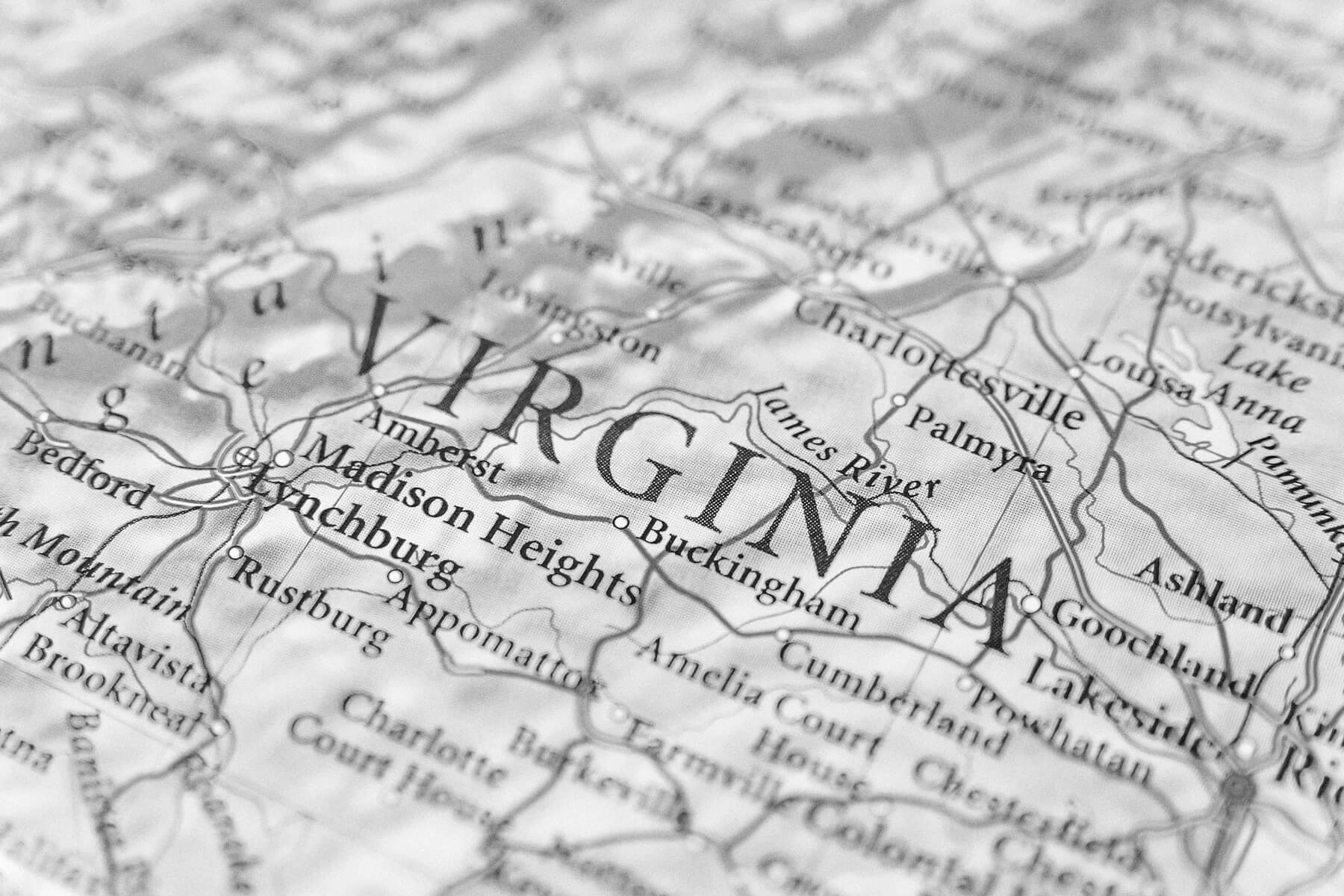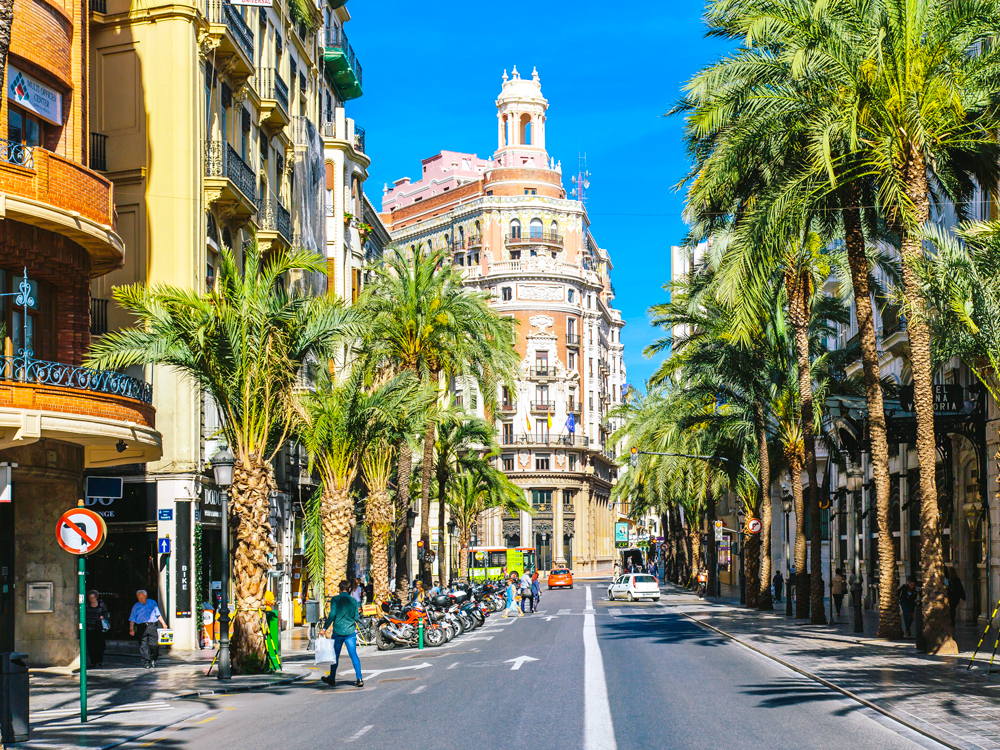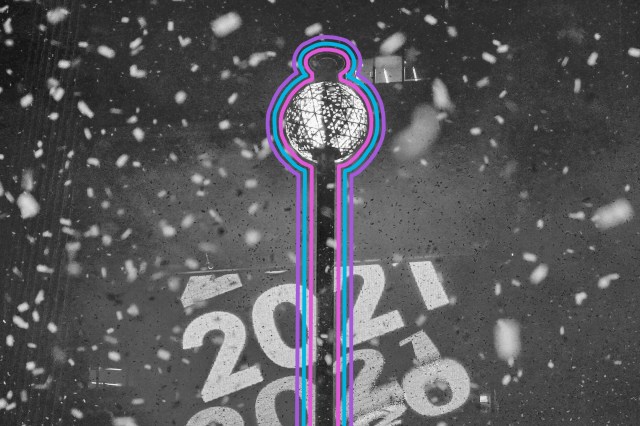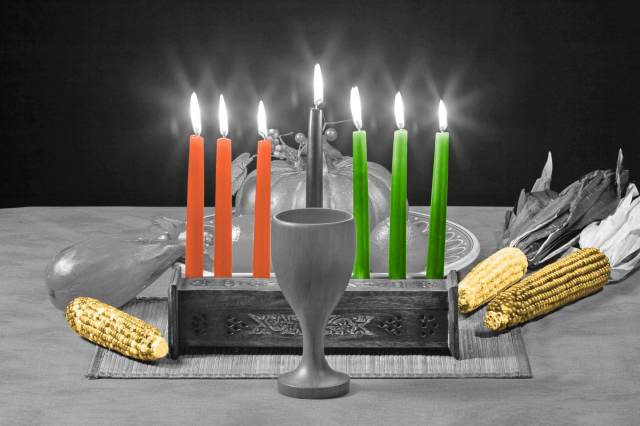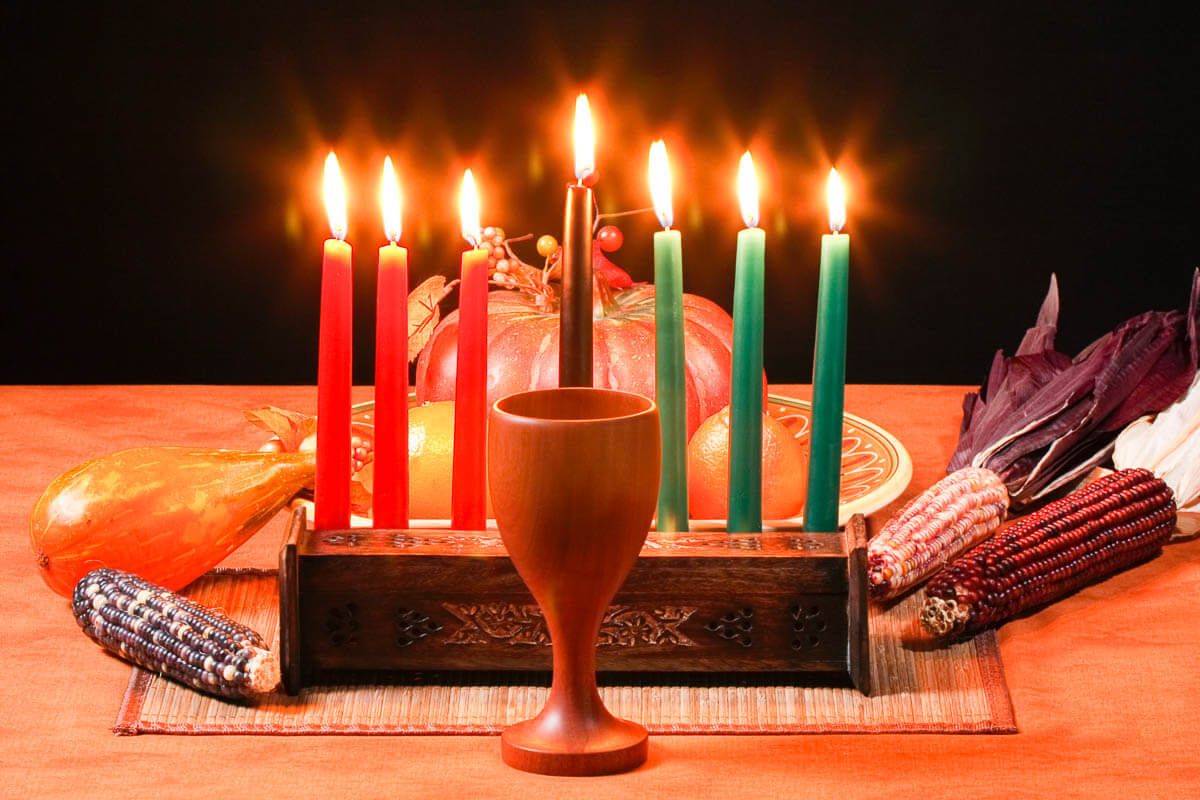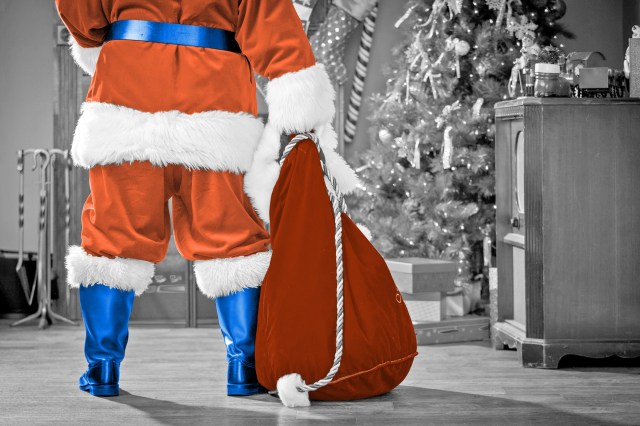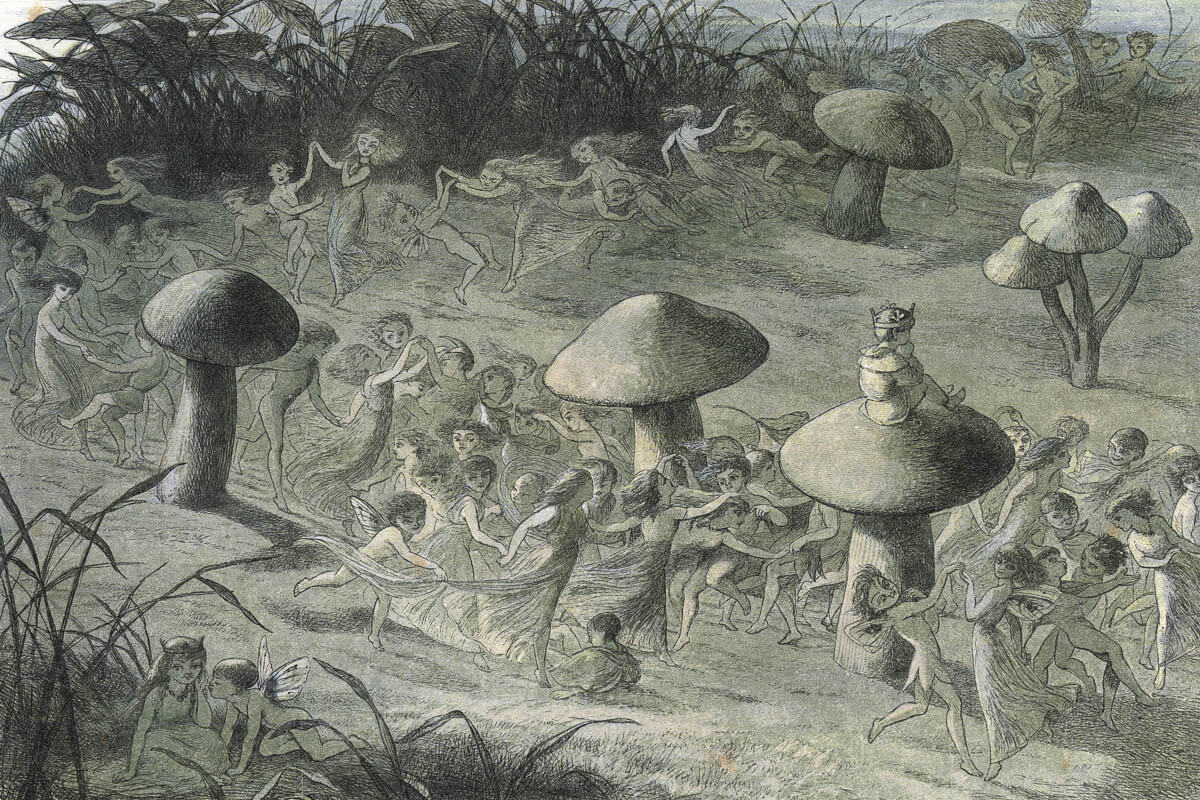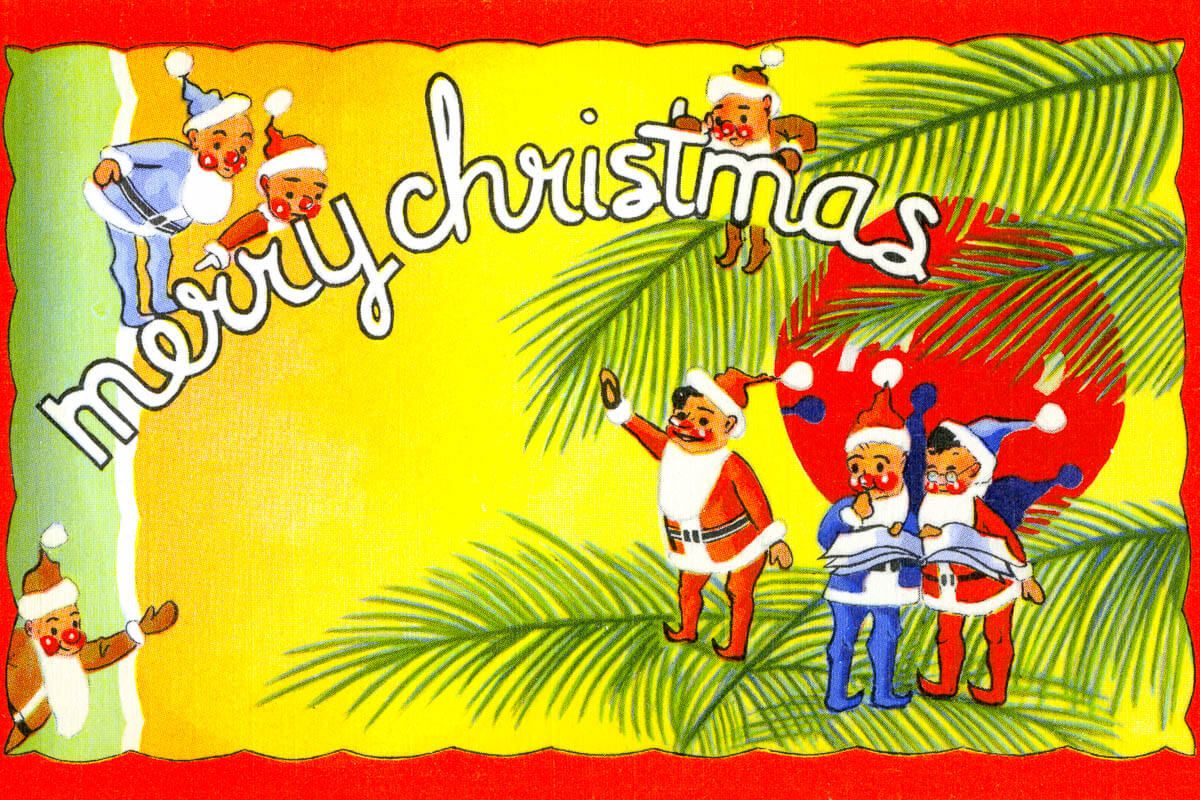5 Interesting Facts About the Sundance Film Festival
Original photo by Davizro/ iStock

It’s Sundance season again, which means we’ll be learning about some of 2025’s most exciting indie films, both from established directors and young up-and-comers. This is an exciting time for film buffs and casual moviegoers alike, with fun movies, serious films, and everything in between debuting on the big screen in Park City, Utah.
But how did an indie film festival in Utah ski country become America’s answer to Cannes? It came from a lot of hard work — the festival was on for several years before it became the hitmaker it is today — and a giant boost from Robert Redford. As the event grew more popular, it caused a surge of interest in independent cinema that helped launch the careers of big names like the Coen Brothers, Steven Soderbergh, Guillermo del Toro, Paul Thomas Anderson, David O. Russell, Ava DuVernay, Lee Daniels, Kevin Smith, and many others.
Which major film franchise wouldn’t exist without Sundance? How does the festival screen so many never-before-seen films? Do you really have to go to Park City to watch? These five facts about Sundance will set the scene for another year of indie favorites.

The Festival Wasn’t Originally Called Sundance
What we now know as Sundance Film Festival got started way back in 1978 as the Utah/US Film Festival, but it wouldn’t pick up its current moniker until more than a decade later. “Sundance” came from Robert Redford’s Sundance Institute, which the actor established in 1981 to support independent filmmakers. He named his nonprofit after his character in Butch Cassidy and the Sundance Kid.
The two organizations joined forces when the Sundance Institute took over festival operations in 1985, expanding the event to 10 days. However, the name “Sundance Film Festival” wouldn’t come around until 1991 — it hung onto the name “US Film Festival” for a bit first, then became “United States Film Festival” before its current name stuck.
Another fun fact: The festival started in Utah’s capital, Salt Lake City, before moving to Park City in 1981.

“Sex, Lies, and Videotape” Was the Festival’s First Big Crossover Hit
The festival launched plenty of films you may have heard of before 1989, from Stranger than Paradise to The Brave Little Toaster, but Steven Soderbergh’s Sex, Lies, and Videotape was an unprecedented success. The film went on to win the Palme d’Or at Cannes Film Festival that year, and launched the wave of 1990s indie hits, including indie divisions at major studios. Beloved cult classic Heathers also debuted at Sundance, then still known as the United States Film Festival, that year, so things were really on a roll at this point.
Soderbergh is just one of many directors that operate in the mainstream now that got their start at Sundance during this 1980s and 1990s indie craze. The Coen Brothers’ debut Blood Simple came along in 1985, Quentin Tarantino’s Reservoir Dogs screened in 1992, and both Paul Thomas Anderson’s Cigarettes & Coffee and the short version of Wes Anderson’s Bottle Rocket were shown at Sundance in 1993, and those are just a few examples.

Most Full-Length Films Are International Premieres
Working the festival circuit is common, but if your film is going to compete at Sundance, you need to premiere it at Sundance. American films that have been shown publicly are ineligible, and international films can’t have been shown outside their country of origin — e.g., a Japanese film that has only ever been screened in Japan is still eligible. Short films are an exception, along with films in the invitation-only, noncompetitive “Spotlight” category.
From Sundance, films will often move on to other festivals such as the Cannes Film Festival, which has similar rules — but since it’s in France, competing at Sundance doesn’t disqualify American films from submitting, as long as they haven’t been shown outside of America. The Toronto International Film Festival, another internationally recognized festival, just gives preference to premieres.

“Get Out” Is the Biggest Box-Office Success to Debut at Sundance (So Far)
Many Sundance premieres have gone on to be wildly successful — some with big names attached, some without. Director Jordan Peele was already a well-known comedic actor when Get Out premiered at the 2017 festival, but the film was both his directorial debut and outside the genre he was primarily known for. It ended up being released by Universal a month after the premiere, and grossed a whopping $176 million domestically. Its budget was just $4.5 million, which is pretty small as film budgets go — especially ones that have major studio distribution. It ended up being the 15th-highest-grossing film in America for the entire year, and it had both Star Wars: The Last Jedi and a few Marvel flicks to compete with.
Other big monetary successes spawned from Sundance include horror hits The Blair Witch Project ($140.5 million) and Saw ($55.2 million), Little Miss Sunshine ($59.8 million), Four Weddings and a Funeral ($52.7 million), and Napoleon Dynamite ($44.5 million — all numbers are domestic).

You Can Attend the Festival Online
Can’t make it out to Park City, Utah? Hate crowds? Love watching fine cinema in your pajamas? The wonders of modern technology mean that you can experience many of the festival’s offerings at home — and while it’s not cheap, it’s a fraction of the cost of going in person, even without airfare and lodging. The pandemic prompted Sundance to present the festival virtually for the first time in 2021, and it appears that even with in-person screenings back on, the online options are here to stay.
Sundance offers four virtual packages, from the $25 Explorer Pass for short films and indie episodic content to the $300 Festival Online Pass, which comes with 10 tickets, early access to film selections, and some on-demand content. Once the festival starts, single film tickets are $20. Not everything is cleared for online screenings, but it sure is a lot easier than getting on a plane.

Sarah Anne Lloyd is a freelance writer whose work covers a bit of everything, including politics, design, the environment, and yoga. Her work has appeared in Curbed, the Seattle Times, the Stranger, the Verge, and others.
top picks from the optimism network
Interesting Facts is part of Optimism, which publishes content that uplifts, informs, and inspires.



